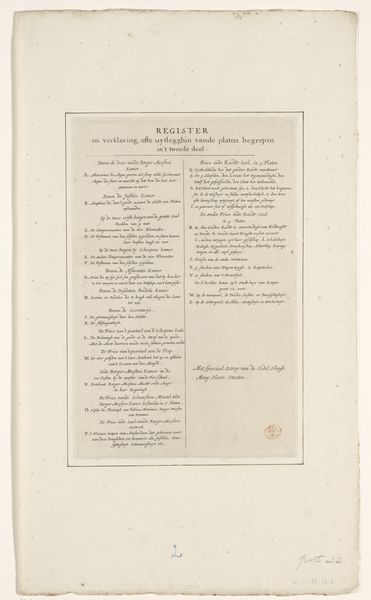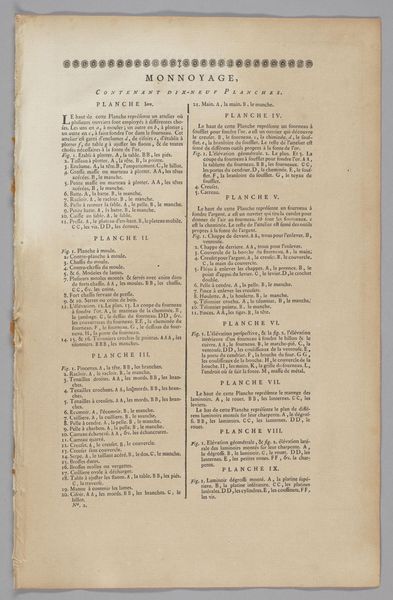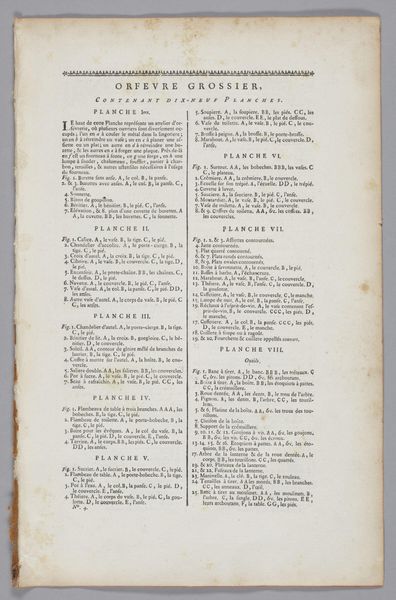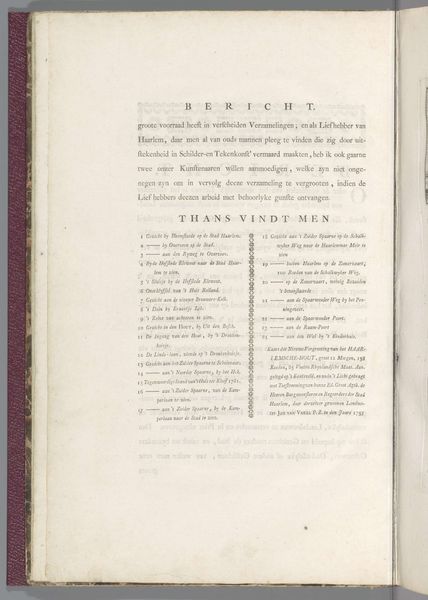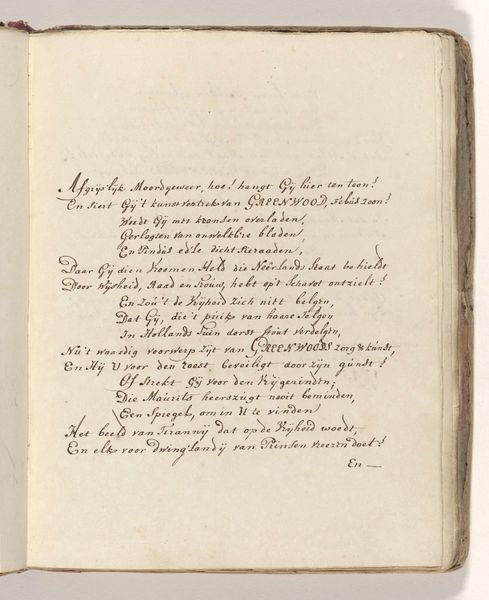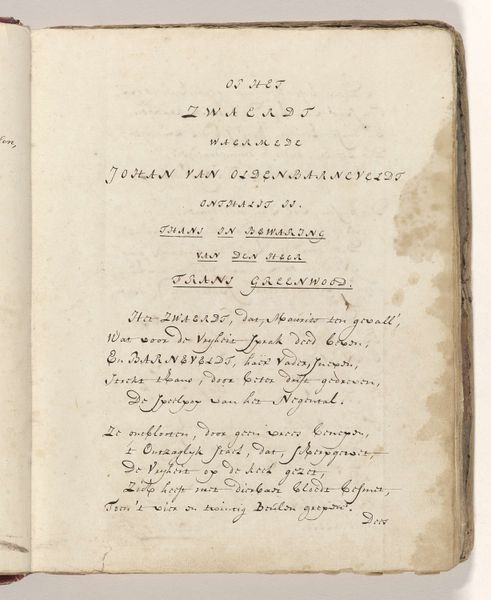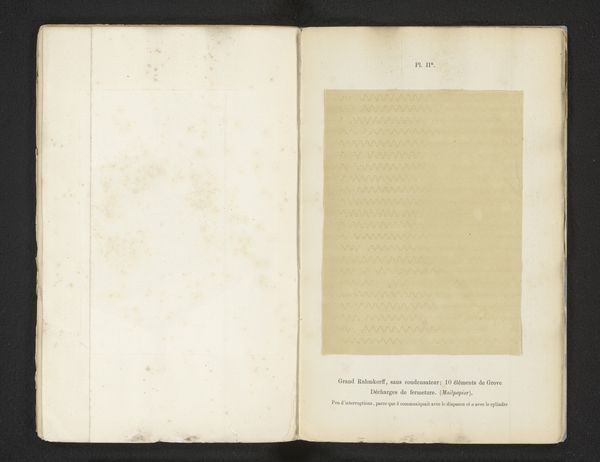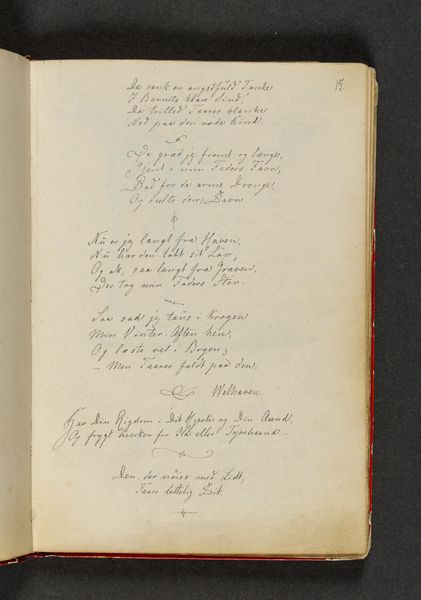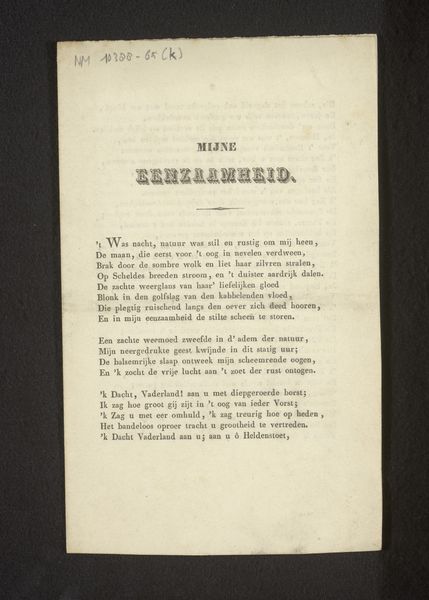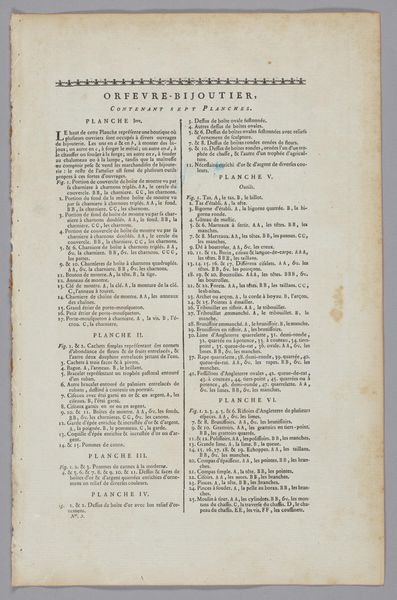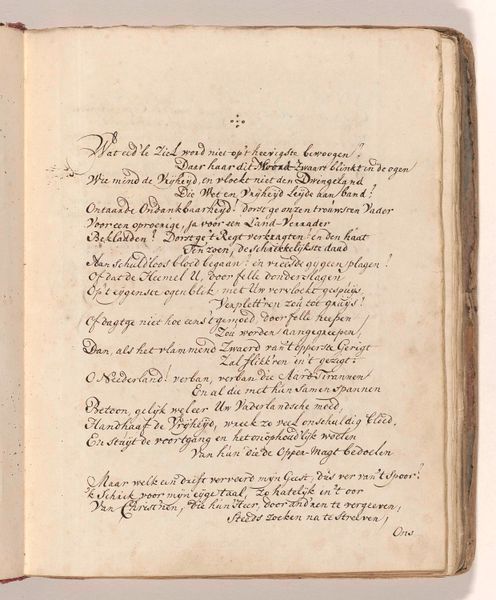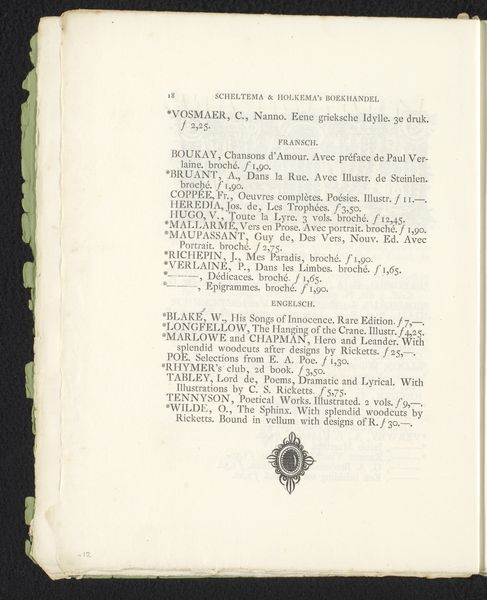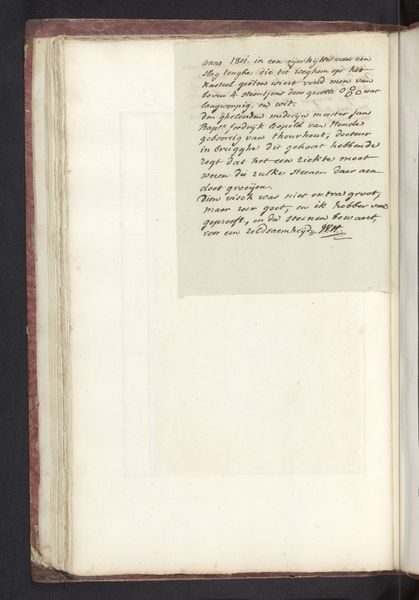
Register voor: Prima pars (…) / Het eerste deel. Van de voornaemste Statuen ende Ciraten, vant konstijck Stadhuys van Amstelredam, tmeeste in marmer gemaeckt, door Artus Quellinus, Beelthouwer der voorseyde Stadt / La Premier Partie (…). Amsterdam: Artus Quellinus (I), 1655 1655
0:00
0:00
hubertquellinus
Rijksmuseum
print, etching, paper, typography
#
dutch-golden-age
# print
#
etching
#
paper
#
typography
#
calligraphy
Dimensions: height 281 mm, width 143 mm
Copyright: Rijks Museum: Open Domain
This is a page from a book made in Amsterdam in 1655 by Hubert Quellinus. It is a register of the sculptures made by his cousin Artus for the new Town Hall. The Dutch Republic in the 17th century was one of the most powerful nations in Europe. Amsterdam was at the center of a global trading network and its civic leaders were keen to display their wealth, power, and sophistication. The new Town Hall was the most ambitious building project of the Dutch Golden Age, and the sculptures of Artus Quellinus were a key part of its design. They celebrated Amsterdam's role as a center of commerce and its history as a bastion of liberty. Historians can draw on a range of sources, including city archives, to understand the complex social and political forces that shaped the art of the period. By considering the institutional context, we can gain a deeper appreciation of this art as a reflection of a specific time and place.
Comments
No comments
Be the first to comment and join the conversation on the ultimate creative platform.
